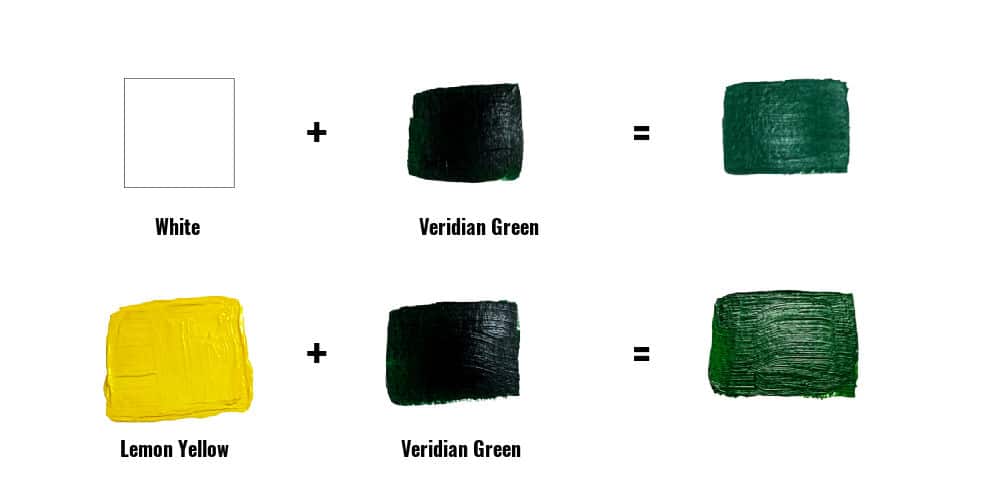You might love the look of those big, green Monstera plants with their unique leaves and want to grow more of them at home. Good news: it’s easier than you might think! Growing new Monsteras from your existing plant can be a fun and rewarding experience.
Even if you’re new to plant care, don’t worry, because we’re going to guide you through it step by step. So, get ready to roll up your sleeves and learn how to fill your space with these stunning plants.
Table of contents
What is monstera?
Monstera, often known as the “Swiss Cheese Plant,” is a popular houseplant famous for its large, glossy, green leaves with unique natural holes, resembling Swiss cheese. These tropical plants, native to the rainforests of Central and South America, are a favorite for indoor gardening due to their striking appearance and ease of care.
Monsteras can grow quite large, making a bold statement in any indoor space. They thrive in bright, indirect light and require moderate watering.
Beyond their aesthetic appeal, many people love Monsteras for their air-purifying qualities, making them a functional and beautiful addition to homes.
Read: Why Is My Aloe Plant Turning Brown? CSN Update
What does it mean to propagate monstera?
To propagate a Monstera means to create a new plant from the existing one. It’s a way of multiplying your Monstera plant without buying new ones. You do this by taking a part of the plant, like a stem or a leaf, and helping it grow roots.
This piece, once it has roots, can be planted in soil to grow into a new, separate Monstera plant. Propagation is a great way to expand your collection of these beautiful plants or share them with friends.
It’s a simple, cost-effective method that taps into the natural ability of the Monstera to regenerate and thrive, even from just a small section of itself.
How to propagate monster
Propagating Monstera plants can be done in several ways, each method using different parts of the plant. Here are five common methods:
- Stem Cuttings in Water: This is the most popular method. Cut a section of the stem just below a leaf node (the spot where a leaf grows out of the stem) and place the cutting in water. Roots will grow from the node. Once the roots are a few inches long, you can plant the cutting in soil.
- Stem Cuttings in Soil: Similar to the water method, but instead of placing the cutting in water, you plant it directly into moist soil. Ensure the leaf node is buried in the soil, as this is where the roots will develop.
- Air Layering: This involves encouraging the stem to grow roots while it’s still attached to the parent plant. Make a small cut on the stem near a leaf node, apply rooting hormone, and then wrap moist sphagnum moss around the area. Cover it with plastic to retain moisture. Once roots develop, cut the stem and plant it.
- Division: For mature Monsteras, you can divide the plant during repotting. Carefully separate the roots and stem to create two plants, making sure each new plant has a good root system.
- Leaf Cutting with a Node: While just a leaf won’t propagate, a leaf with a part of the stem or a node can. Cut a piece of the stem with a leaf and a node. Place this in water or soil, ensuring the node is submerged or buried. Roots will grow from the node.
Also, read: How to Cure Plantar Fasciitis in Just One Week: Quick Healing
How long does Monstera propagation take?
Monstera propagation time can vary depending on the method used and the plant’s growing conditions. Generally, when propagating from stem cuttings in water, roots may start to appear in about 2-4 weeks.
Once transferred to soil, it can take several more weeks for the plant to establish itself and start new growth. The key is to provide the cutting with warm, humid conditions and plenty of indirect sunlight to encourage healthy root development. Patience is important, as the process can’t be rushed.
Is it better to propagate Monstera in water or soil?
Whether to propagate Monstera in water or soil depends on personal preference. Water propagation allows you to see root growth, which can be reassuring and fascinating. However, plants might experience shock when transferred to soil.
Soil propagation skips this transition, but you won’t see the roots develop. Both methods are effective, so choose based on your comfort level and the experience you want.
Also, read: How to Make a Corsage: Floral Craft Creation
FAQs
Starting a Monstera from just a leaf is not possible; a stem section with a node is necessary for successful propagation.
Cut Monstera leaves near a node on the stem for propagation.
Conclusion
Propagating Monstera is a rewarding and straightforward process, offering multiple methods to suit different preferences. Understanding the right conditions, like watering and cutting techniques, can lead to the successful growth of new plants, expanding your indoor jungle, and sharing the joy of these stunning plants.
References
- thespruce.com – How to Propagate Monstera Deliciosa
- homesandgardens.com – How to propagate a monstera






